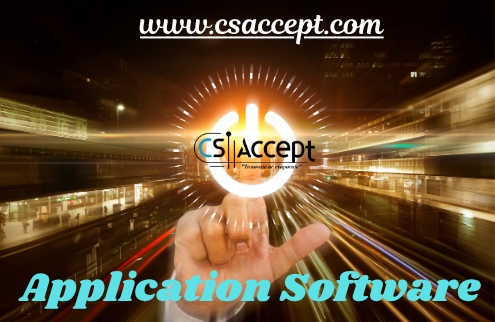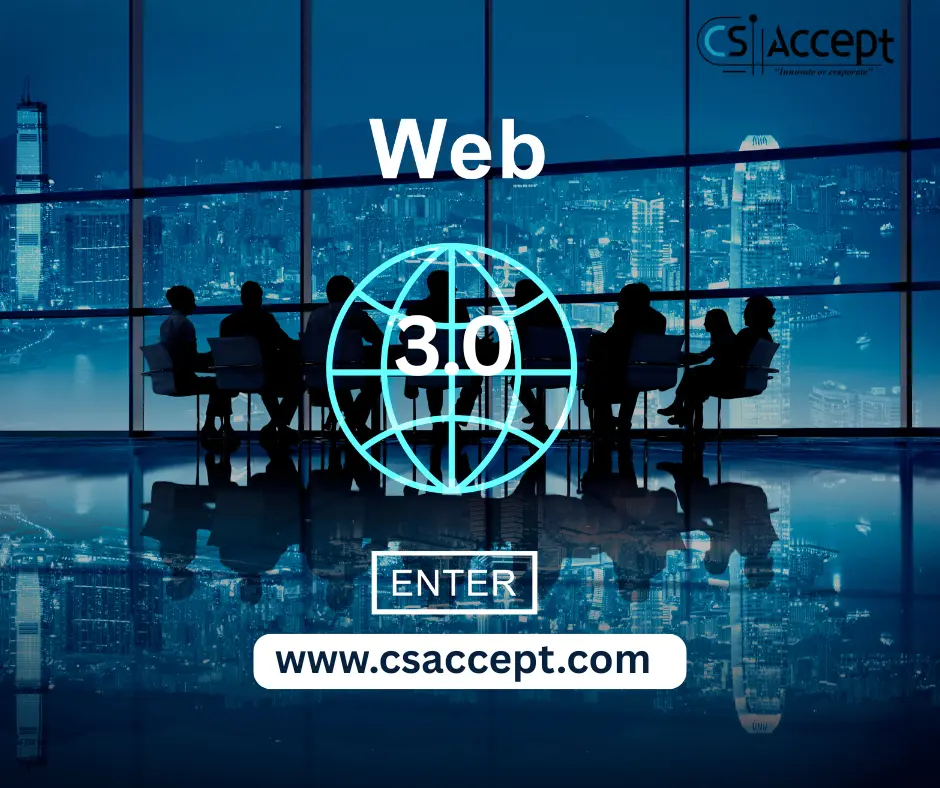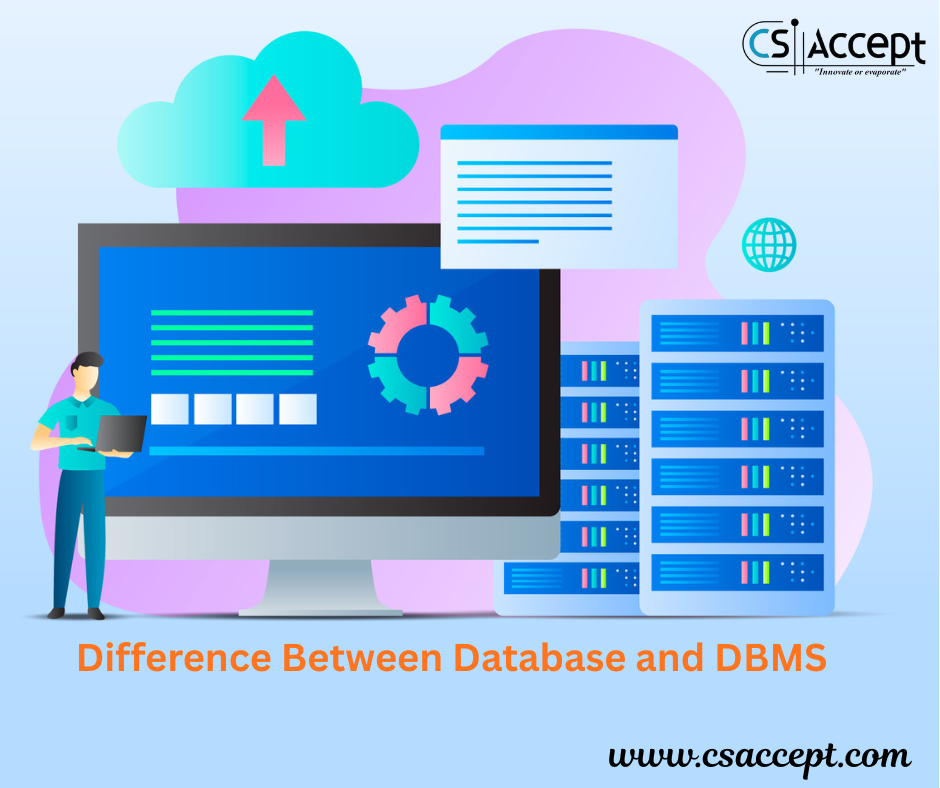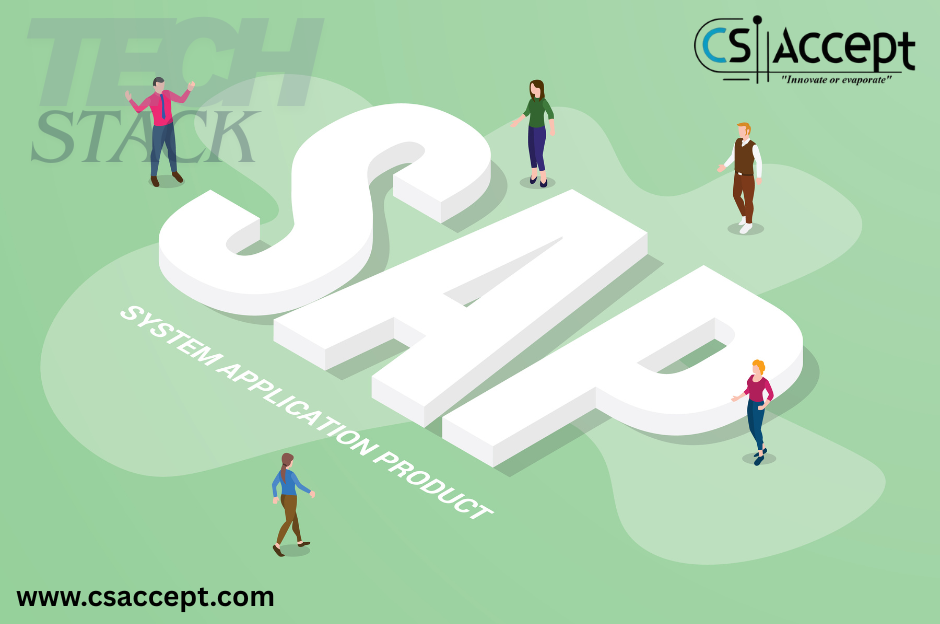
1. Introduction to SDLC Models
An SDLC Model is a structured framework that defines the sequence, flow, and interaction between phases of software development in the Software Development Life Cycle (SDLC). Different models are used based on project requirements, goals, timelines, risk level, and customer involvement.
Each SDLC model provides a unique approach to software development, from linear, step-by-step execution to iterative and incremental builds.
2. Common SDLC Models Overview
| SDLC Model | Key Feature | Best Suited For |
|---|---|---|
| Waterfall | Sequential process | Projects with well-defined requirements |
| V-Model | Testing parallel to development | Projects requiring high reliability |
| Incremental | Develops in small increments | Projects needing early partial delivery |
| Iterative | Repetitive refinements | Large projects with evolving needs |
| Spiral | Emphasizes risk analysis | High-risk, complex projects |
| Agile | Rapid, iterative, user-driven | Dynamic, fast-paced projects |
| Big Bang | No formal planning | Small, experimental projects |
| RAD (Rapid Application Development) | Fast prototyping | Projects needing fast delivery |
3. Detailed Explanation of SDLC Models with Examples
1. Waterfall Model
Definition:
The Waterfall Model is the earliest SDLC approach. It is a linear and sequential development method, where each phase must be completed before the next begins.
Phases:
- Requirement Gathering
- System Design
- Implementation
- Testing
- Deployment
- Maintenance
Example:
A government tax filing system, where all requirements are strictly defined at the beginning and must not change.
Pros:
- Easy to understand and manage
- Clear documentation
- Suitable for small, well-defined projects
Cons:
- Inflexible to changes
- Late detection of issues
- Not ideal for complex or evolving requirements
2. V-Model (Validation and Verification Model)
Definition:
An extension of the Waterfall model, the V-Model emphasizes testing at every stage. Each development stage is matched with a corresponding testing activity.
Structure:
Requirements <--- Acceptance Testing
Design <--- System Testing
Coding (bottom)
Design ---> Unit Testing
Architecture ---> Integration TestingExample:
A medical device software requiring high accuracy and strict validation at each stage.
Pros:
- High quality due to continuous testing
- Clear testing strategy
- Reduced risk of failure
Cons:
- Very rigid and not flexible
- Not suitable for frequent changes
3. Incremental Model
Definition:
Software is developed and delivered in small parts (increments), each adding functionality to the previous release.
Example:
A hotel booking system, where the first increment handles room booking, the second handles payments, the third manages customer reviews, etc.
Pros:
- Delivers working software early
- Easier testing and debugging
- Flexible and scalable
Cons:
- Requires good planning
- Integration may be complex over time
4. Iterative Model
Definition:
The Iterative Model focuses on building the system in repeated cycles (iterations). Feedback is collected after each cycle and used to improve the next one.
Example:
A social media app initially releases only the profile feature, followed by posts, likes, messages, etc., each being refined with user feedback.
Pros:
- Continuous improvement
- Early feature delivery
- Handles changing requirements
Cons:
- Requires heavy user involvement
- May lead to scope creep
5. Spiral Model
Definition:
Combines iterative development with risk analysis. The project passes through spirals (cycles) with each loop including planning, risk assessment, development, and evaluation.
Example:
A military or defense software project, where risk assessment at each stage is critical.
Pros:
- Strong focus on risk management
- Ideal for large, critical projects
- Allows refinement at each stage
Cons:
- Complex to manage
- Expensive and time-consuming
6. Agile Model
Definition:
Agile is an iterative and incremental approach that emphasizes collaboration, customer feedback, and rapid delivery in short cycles called sprints.
Example:
A mobile e-commerce app that is constantly updated based on customer reviews and analytics.
Pros:
- Flexible to change
- Frequent delivery of small features
- High customer involvement
Cons:
- Requires experienced team
- Less documentation
- May be hard to scale for large projects
7. Big Bang Model
Definition:
There is no formal process or planning; developers start coding with minimal input, and software evolves on-the-go.
Example:
A university research project or a personal prototype.
Pros:
- Simple to implement
- Requires minimal resources
Cons:
- Highly risky
- Poor for long-term maintenance
- No structure or predictability
8. RAD (Rapid Application Development)
Definition:
Focuses on rapid prototyping and quick feedback rather than extensive planning. Modules are developed in parallel.
Example:
A startup creating a minimum viable product (MVP) to present to investors.
Pros:
- Quick development
- Encourages user feedback
- Easy to adapt
Cons:
- Requires skilled developers
- Not suitable for large, complex systems
- Less control over the process
4. Comparison Table of SDLC Models
| Model | Flexibility | Speed | Risk Management | Documentation | User Involvement |
|---|---|---|---|---|---|
| Waterfall | Low | Slow | Low | High | Low |
| V-Model | Low | Slow | Medium | High | Low |
| Incremental | Medium | Medium | Medium | Medium | Medium |
| Iterative | High | Medium | Medium | Medium | High |
| Spiral | High | Slow | High | High | Medium |
| Agile | Very High | Fast | Medium | Low | Very High |
| Big Bang | Very High | Fast | Very Low | Low | Low |
| RAD | High | Very Fast | Low | Low | High |
5. Choosing the Right SDLC Model
Factors to consider:
- Project size and complexity
- Customer involvement level
- Requirements stability
- Budget and time constraints
- Team experience
General Recommendations:
| Scenario | Recommended Model |
|---|---|
| Small, clearly defined projects | Waterfall |
| Safety-critical systems | V-Model |
| Projects with changing requirements | Agile or Iterative |
| Risk-prone, complex projects | Spiral |
| Rapid MVP or prototyping | RAD |
| No formal planning or exploration project | Big Bang |
6. Conclusion
The choice of SDLC model plays a critical role in the success of a software project. While traditional models like Waterfall offer predictability, modern models like Agile and Spiral provide flexibility, user collaboration, and risk management. Understanding the characteristics, advantages, and limitations of each model helps in selecting the most suitable approach based on project goals and constraints.






